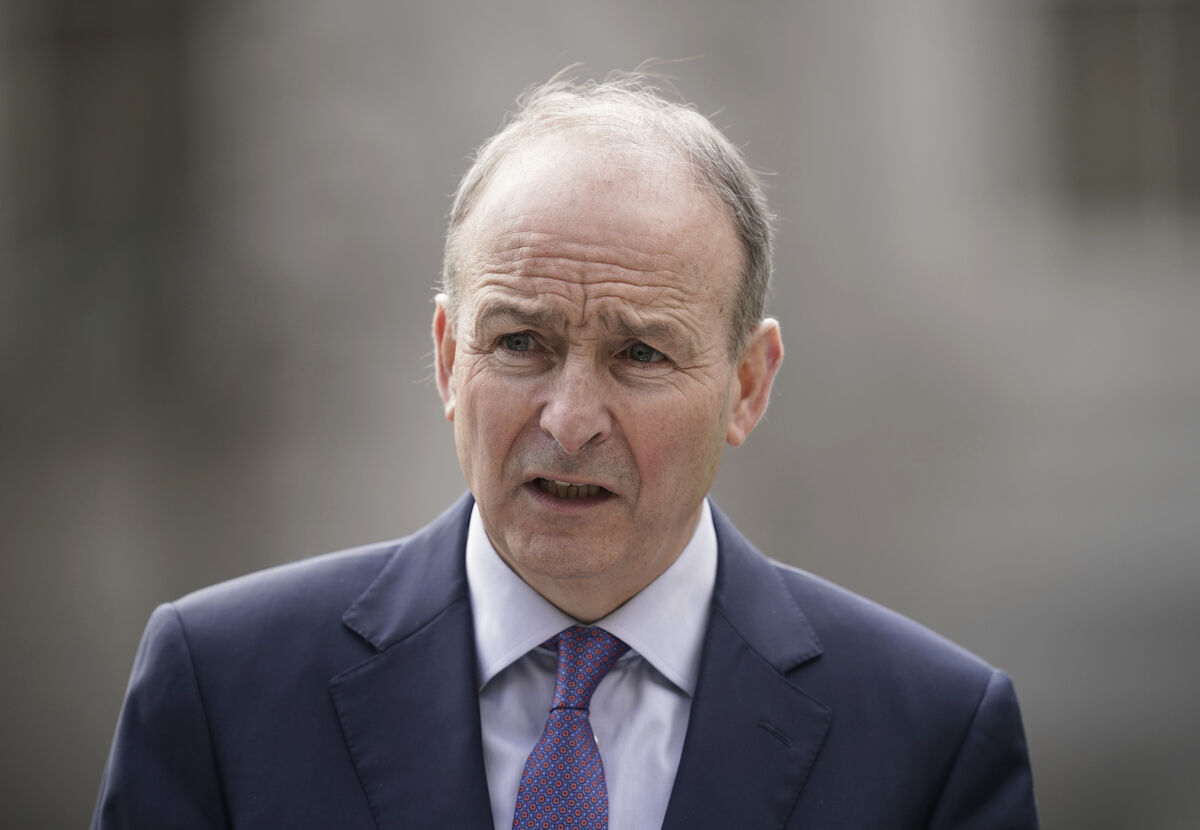Questions over hospital reform following tragic death of Aoife Johnston

An inquest into the death of Aoife Jonhston returned a verdict of medical misadventure. Picture: David Raleigh
In the aftermath of the tragic death of Aoife Johnston in Limerick, questions are being asked about meaningful reforms to help patients.
While sometimes tragedies appear out of nowhere, no one can say they did not know University Hospital Limerick (UHL) was struggling.
In June 2014, health watchdog Hiqa warned that the “single most significant risk” across the hospital was “the persistent overcrowding in the emergency department”. The overcrowding “increased the risk of transmission of infection and prevented adequate cleaning of the department”.
There have been changes — construction continues for new beds; staff numbers increase; injury units expand their hours; waiting lists are being tackled; new rehabilitation beds are found; ambulance protocols change; regional hospitals develop services — but these seem to touch only the edges of the issue.

Tánaiste Micheál Martin has indicated that frustrations long expressed locally are being heard.
"The clinical advice has always been to concentrate services into a tertiary hospital in a given region," he said.
A reconfiguration policy saw smaller emergency departments close in Ennis, Nenagh, and St John’s hospitals in 2009 without the promised supports for UHL put in place.
Even today, despite high levels of recent investment, UHL does not yet have the number of beds it was estimated to need in 2008.
If the Government does intend to reopen EDs or even one of them, the HSE and medical staff have cautioned that those sites will need many other services to make sure the emergency units are run safely and do not repeat the problems of their mothership.
It might seem like an insurmountable problem, but perhaps another old report holds a clearer aim.
In 2012, Hiqa carried out an 11-month investigation into overcrowding and governance at what is now Tallaght University Hospital, following serious concerns.
While the two hospitals are not directly comparable, that report made 76 mostly national-level recommendations and led to change on many issues at national and local level.
It bluntly warned about “a failure not only in the governance of the hospital but also in the governance of the health system”.
Now, as the health service is again being reshaped, this time into HSE Health Regions, maybe it is time to revisit its first national recommendation.
“Every hospital should cease the use of any inappropriate space [for example, a hospital corridor or a parking area for trolleys] to accommodate patients receiving clinical care.”
















